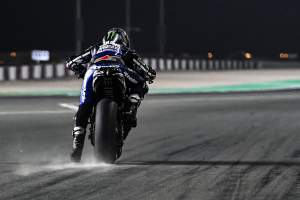The Suzuki MotoGP team and its riders Joan Mir and Alex Rins went into the 2020 season with an air of quiet confidence but the status as something of a dark horse.
It had a rather low-key testing programme in which it didn’t set the world alight, and was still at best an occasional winner on usual form.
But Suzuki emerged from the tumultuous season with its first title in 20 years thanks to the speed and consistency of Mir.
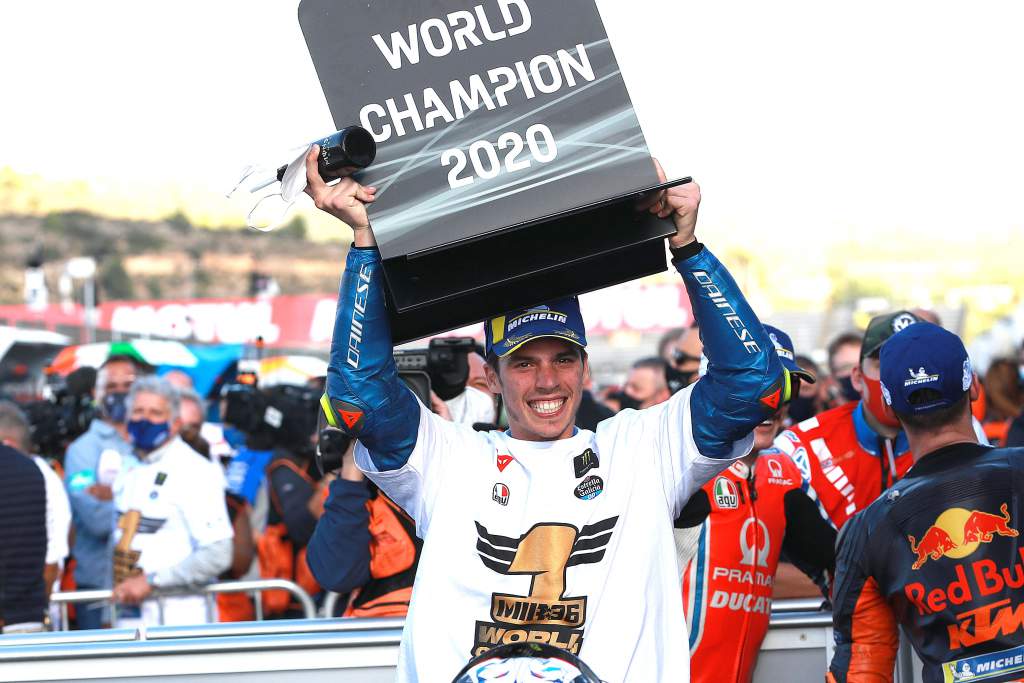
One year on, it starts the 2021 season in a much-changed position, thanks to last year’s successes, radical reshuffling within the team, and a newfound wariness from their competitors about letting Mir and Rins get away with too much when the championship gets back underway.
Again they were relatively quiet in testing over the five days of action at Qatar’s Losail International Circuit – where Yamaha and Ducati were the standouts – but there are still plenty of reasons why we have to rank Suzuki as the favourite to successfully defend its titles.
Testing form was solid if quiet
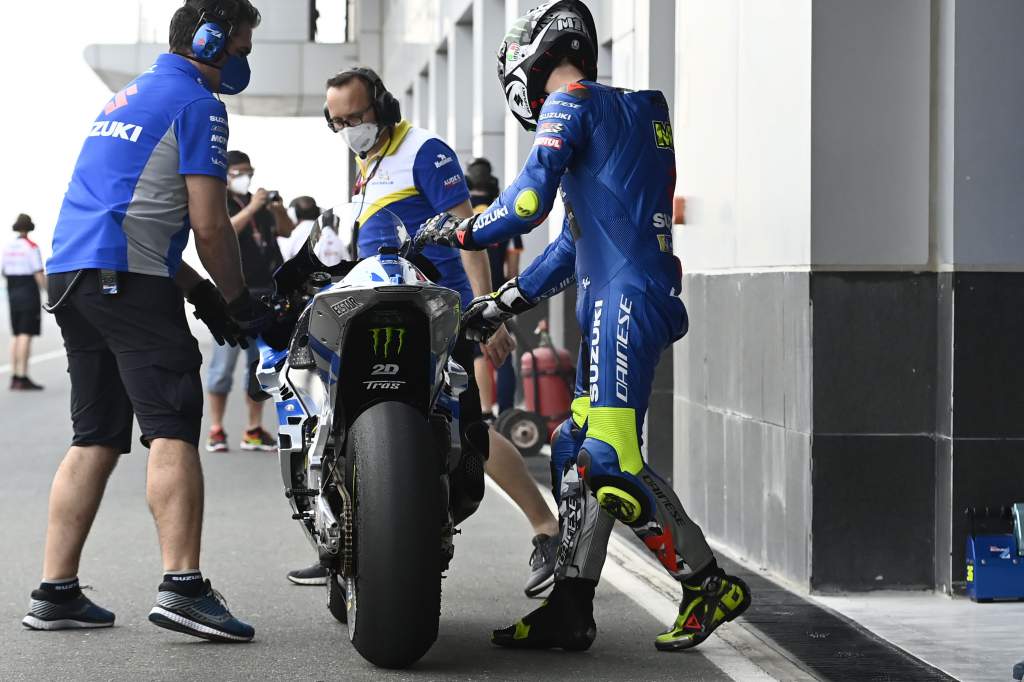
Last year after pre-season testing at Qatar wrapped up, no one was really considering that Mir could fight for the title in only his second season in the premier class.
However, within his side of the Suzuki garage, there was an air of contentedness about the job that they had achieved, and the squad was fully prepared to head to the Qatar Grand Prix expecting to win.
Of course, that race never happened, with the coronavirus pandemic striking and the entire season suspended until July. We’ll never know just how good Suzuki’s 2020 settings would’ve been in a Losail race.
Twelve months on and with the global situation looking much healthier, Suzuki’s winter testing programme was an almost mirror image of last year’s – and that mood of anticipation remains within the team as it prepares to get going again.
Mir and Rins finished the five days on track strongly enough, in seventh and eighth, but with much the same (negligible) gap to the leaders on race pace as they had last year.
They expect to be able to win – and if they can win on the desert circuit’s long straights, then they can be a threat anywhere.
Perhaps the most telling thing about just how well Suzuki’s testing programme went is that while many of their rivals were still working to perfect their new 2021 machines, Mir and Rins were already on track with the first spec of 2022 engine – a whole year ahead of the game.
Management reshuffle hasn’t affected performance
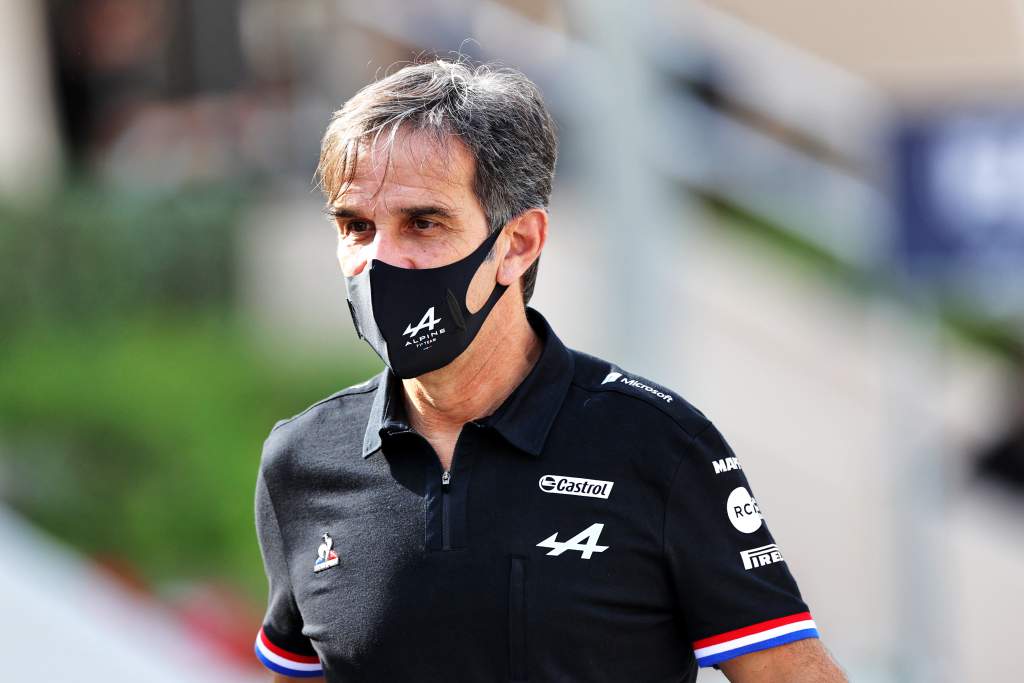
The most impactful news of the past few months for Suzuki hasn’t involved new parts or rider injuries, but instead the bombshell that veteran team boss Davide Brivio was leaving for the Alpine Formula 1 team after two decades in MotoGP, running first Yamaha then Suzuki.
Given the key role he’s played in building up the team, there could have been huge aftershocks to his decision – but it’s testament to the wily Italian’s people management skills that he’s built a team that’s resilient as well as successful.
Suzuki retains a small team atmosphere even as it takes on – and beats – the world. The remaining members of senior leadership have seamlessly adjusted to new roles and responsibilities within the management group, and while Brivio’s departure will be felt, it won’t be the end of the world.
Qualifying woes are finally under control
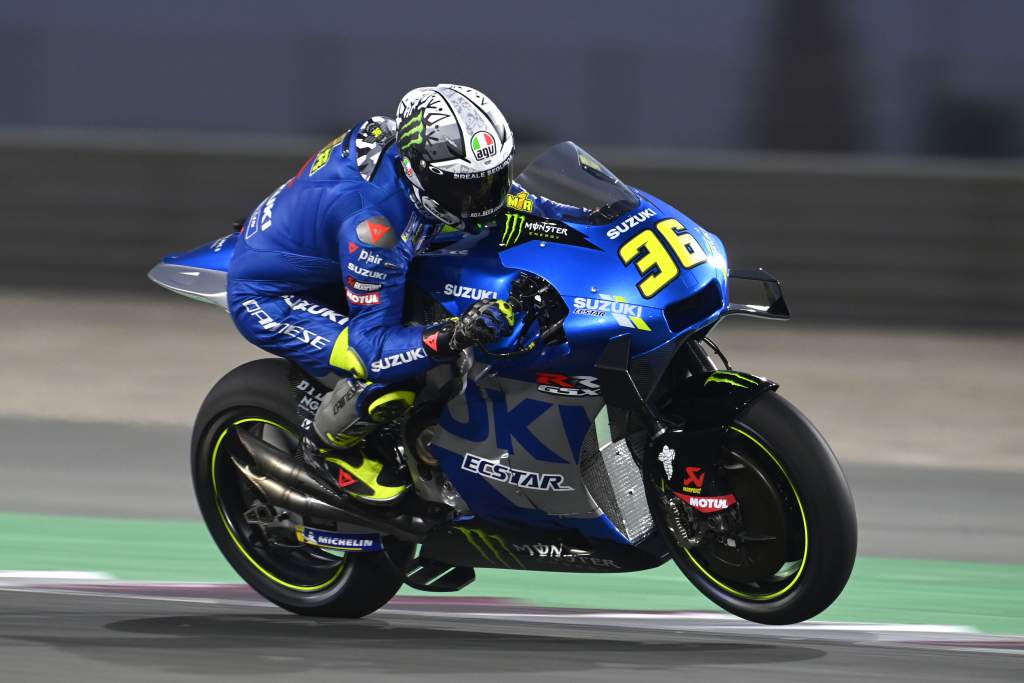
The only chink in Suzuki’s armour last year was on Saturdays, with a repeated failure by both riders – but Mir in particular – to get qualifying right.
In the end it didn’t hamper him hugely in the title race, thanks to his rather incredible ability to attack on new tyres and with a full tank of fuel.
But it nonetheless contributed to the fact that both he and Rins picked up only one win apiece as they all too often had to try to chase down breakaway leaders.
Part of the qualifying problem comes from the friendly nature of Suzuki’s GSX-RR machine. A neutral bike that does everything well but isn’t fantastic in any particular area, it’s not the easiest machine to push for a time attack – a trade-off that the riders are simply going to have to live with.
But another factor was Mir’s determination to spend his free practice sessions concentrating on nailing his race setting – and not, like many rivals, worrying unduly about qualifying.
With a solid stash of data under Suzuki’s belt now though, and with a bike that’s not too dissimilar to last year’s thanks to the development freeze, there’ll be more time to play with single-lap pace in practice – and that should be reflected in grid positions.
Mir continues to mature into a champion
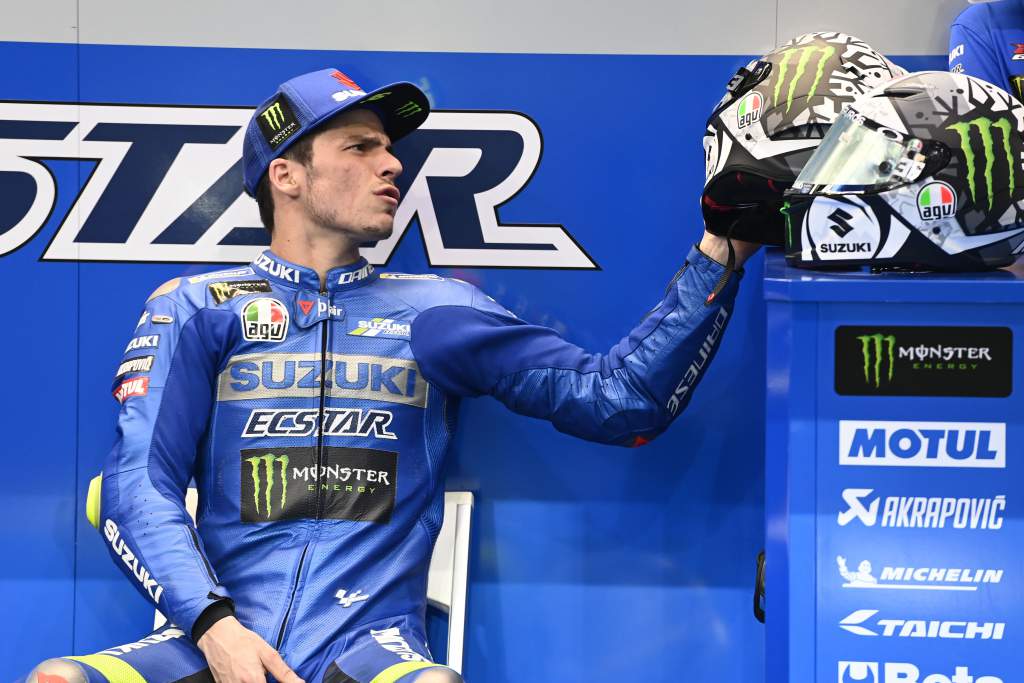
It’s sometimes easy to forget after his impressively consistent 2020 season that Joan Mir is only 23 years old and about to start just his third year in the premier class.
He’s already mature beyond his years both on and off the bike, with the Mallorcan among a new breed of rider who carries the social responsibility of role model status well.
But he is still only 23, and with most greats of the sport maturing as they age and not hitting the apex of their form until their late twenties, there’s absolutely still more to come from him in 2021.
Never one to lose his head or to display too much emotion on or off the bike, it’s just a matter of reality to assume that he’s still got some growing up to do – and that he’s only going to get faster as time progresses.
The calendar finally suits Suzuki’s bike
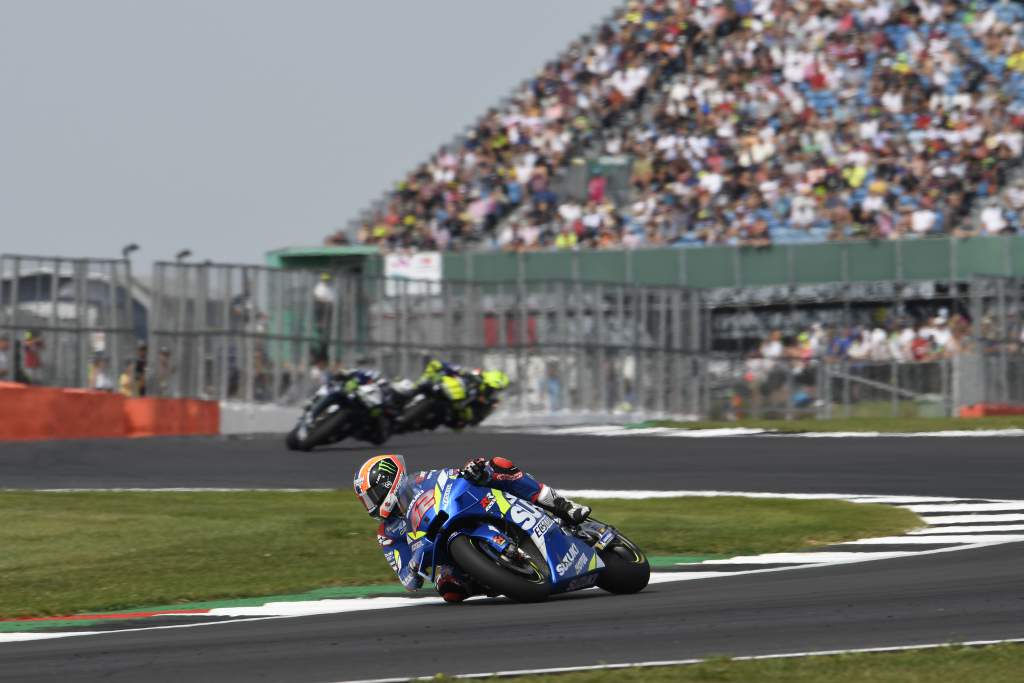
Something that’ll bring a huge sigh of relief to all in blue is the prospect of a 2021 season that will be largely free from changes and brings the prospect of heading to beloved tracks at familiar times of the year – a pleasure denied to MotoGP last time out thanks to the pandemic.
Suzuki lost many traditionally strong tracks for the GSX-RR as MotoGP didn’t go to fast and flowing traditional circuits like Assen, Philip Island or Silverstone. And the fact Suzuki was so strong at more stop-and-go style venues like Austria’s Red Bull Ring doesn’t bode well for its rivals.
And when MotoGP does get back to Suzuki’s favourite tracks – and to others that did manage to hold races last year – it will do so in more consistent weather conditions.
Not being able to start racing until July and dramatically reshuffling the calendar to squeeze in as many races as possible, meant MotoGP was often at its usual venues in very different seasons. No one will be rushing back to Le Mans in October. More consistent and dry conditions will favour the neutrality of the Suzuki.
Rins has what it takes to challenge Mir
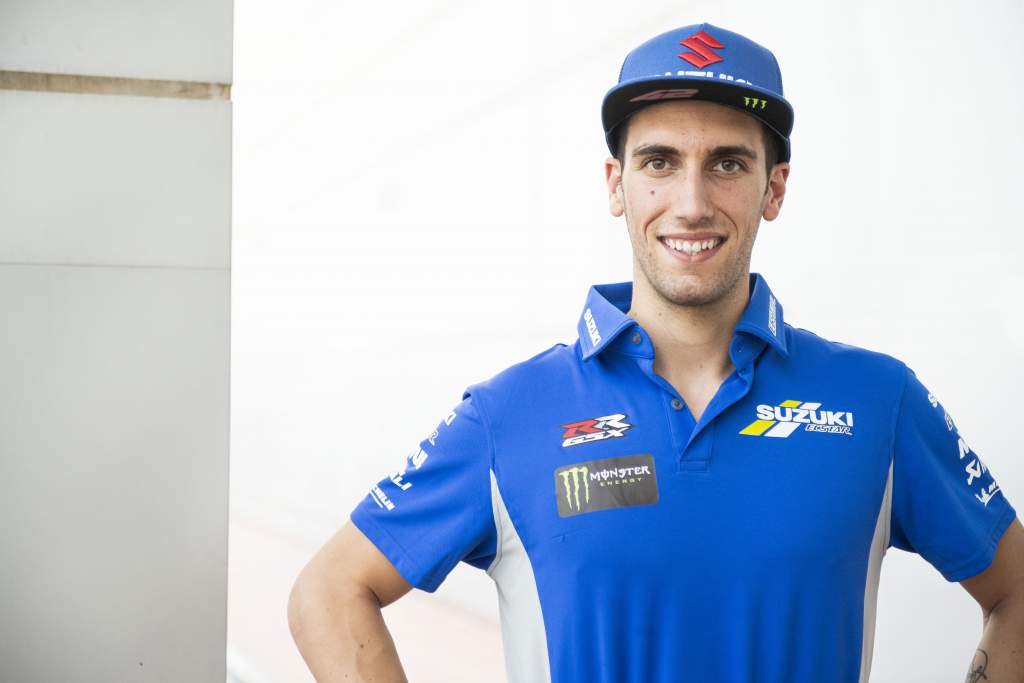
There are many riders on the MotoGP grid who will be out to dethrone Mir in 2021, from the likes of fellow young guns Fabio Quartararo and Franco Morbidelli, to more established names like Jack Miller and Maverick Vinales, and even returning champion Marc Marquez, should his rehabilitation continue at its current rapid pace.
But arguably the biggest threat he faces is from the other side of the garage, if Rins can unlock the keys to Mir’s consistency while maintaining his own rapid pace.
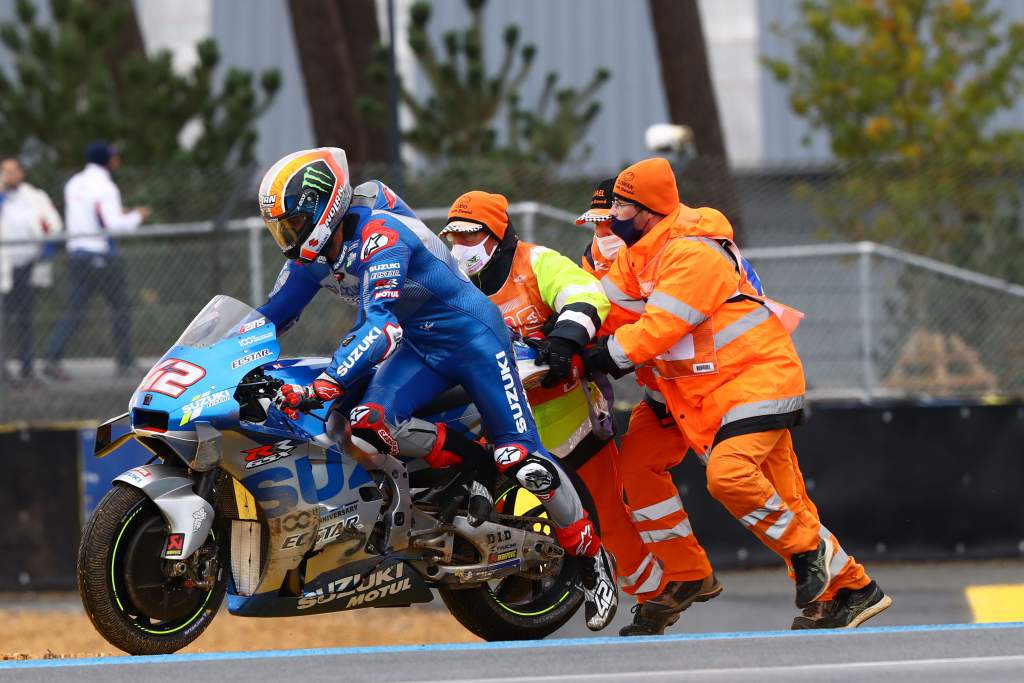
Rins was the faster of the two Suzuki riders last year, sharing the same number of victories as his team-mate (one) but twice more crashing out of the lead and throwing away the points that would have handed him the crown.
It’s an old adage in motorcycle racing and something of a cliche nowadays to say that it’s easier to make a fast rider stop crashing than to make a slow rider fast. But it still rings true in Rins’ case and it’s got to be the number one area where he’s targeting self-improvement this year.
If he can manage it, then he’s going to fight for the title to the bitter end, aided not only by a deep understanding of his main rival but also by sitting upon the same motorbike as him.



